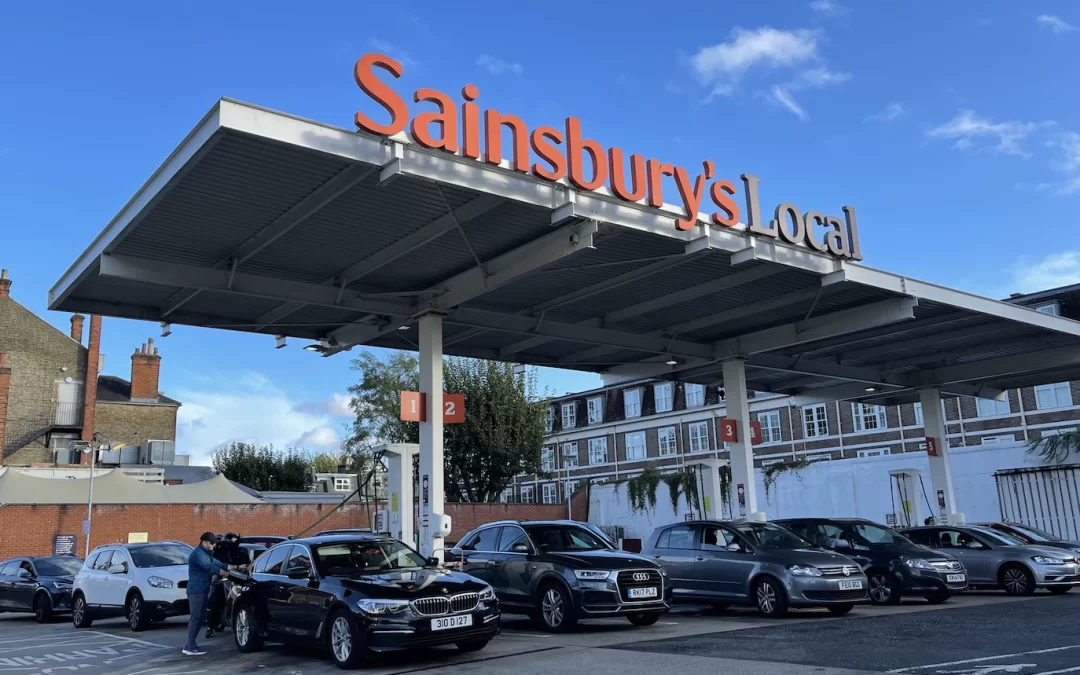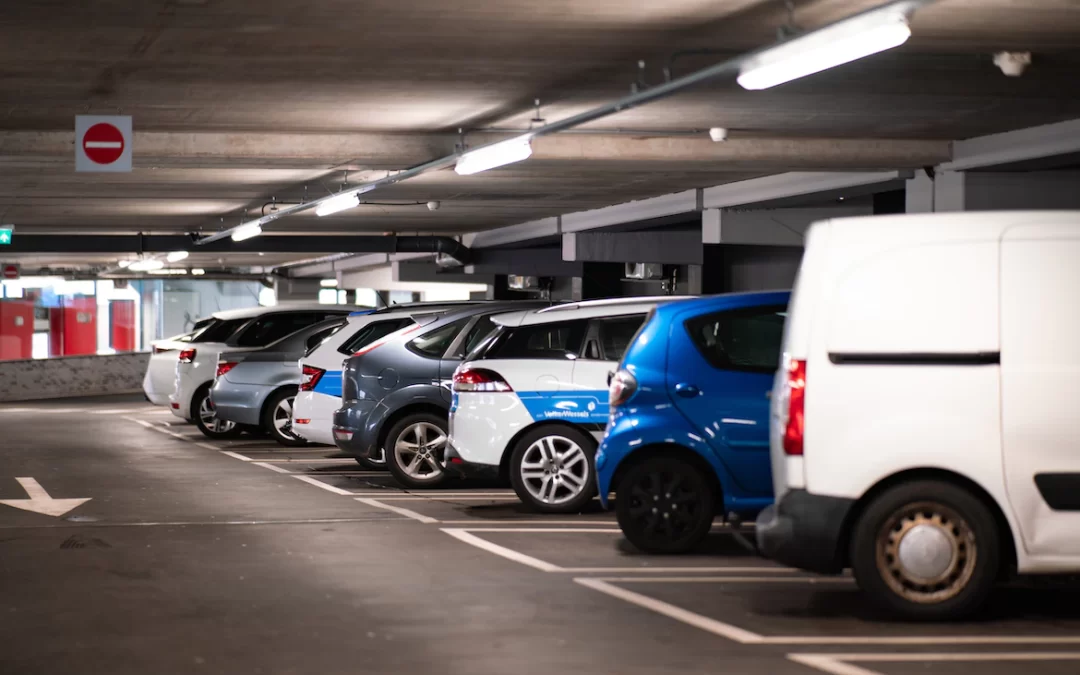Following news that lower fuel prices helped reduce inflation last month new RAC analysis has revealed supermarket margins on petrol and diesel have more than doubled since Russia invaded Ukraine.
Prior to the start of the war in Ukraine the big four supermarkets, which dominate UK fuel retailing, were making a margin of just under 5p (4.7p) a litre on fuel – 3.7p for petrol and 5.7p for diesel. Since then, however, this has increased to 10p (9.3p for petrol and 10.8p for diesel).
RAC Fuel Watch data for 2022 shows that the margin on supermarket petrol climbed to almost 11p (10.8p) a litre, at one point hitting 20p in the weeks after a new pump price high of 191.5p was recorded on 3 July on the back of the soaring cost of oil.
And so far this year they have enjoyed an average margin of 15p on diesel due to the wholesale price falling significantly and then not being fully passed on to drivers on their forecourts. In fact, the wholesale price of diesel was below the wholesale cost of diesel for three months from the end of March leading to supermarket margin reaching a high of 23p a litre in May.
Back in 2016, the supermarket margin on a litre of fuel was 2.3p. This increased steadily to nearly 6p (5.7p) in 2019 and remained at that level through the pandemic years. But in 2022 RAC Fuel Watch data shows it jumped by 54% to over 9p a litre and, even more worryingly, it is averaging at almost 11p this year.
RAC fuel spokesman Simon Williams said:
“With news that lower fuel prices were one of the main reasons for inflation falling to 7.9% last month, our data clearly shows that this could have been lower still had the supermarkets reduced their pump prices in line with cheaper wholesale costs.
“Our analysis of wholesale and retail prices reveals the big four supermarkets have benefited considerably on the back of the dramatic wholesale market fluctuations caused by the start of the war in Ukraine.
“They appear to have capitalised on petrol in the early months of the war by upping their margin by 5p a litre in 2022, while they have increased their margin on diesel by nearly 8p this year to 15p by putting off reducing their prices when the wholesale price tumbled. Frighteningly, this is twice the average supermarket margin on diesel from 2019 to 2022.
“While we accept the cost of running forecourts might have increased, these bloated margins must make difficult reading for the millions of drivers who are already battling the rising cost of living. In short, this means everyone is paying more than they should be to a lesser or greater extent depending on where they live.
“We hope artificially high pump prices will become a thing of the past due to the actions promised by the Government resulting from the Competition and Markets Authority (CMA) report earlier this month that showed supermarkets had overcharged drivers to the tune of £900m last year. Their recommendation that a price monitoring body is set up and that retailers are mandated to provide live prices for fuel finder apps is very welcome and long overdue.
“While there was another positive step this week when Energy Secretary Grant Shapps met the country’s biggest retailers to tell them to provide real-time prices immediately, we don’t believe drivers will really start to see fairer prices until the official wholesale price monitoring body is set up and given the power to penalise companies that don’t fully reflect significant downward wholesale market movements on their forecourts.
“We will be emphasising how important this is for fuel price transparency to the CMA as part of our ongoing discussions with them.”
The RAC is already helping drivers to save money up to 6p a litre when they fill up** via the fuel finder feature in its myRAC appwhich can be downloaded from the App Store or Google Play. With prices updated daily, it is the most up-to-date, freely available fuel finding app in the UK.
By visiting the RAC Fuel Watchweb page drivers can keep an eye on the UK averages alongside the average price of petrol and diesel at the big four supermarkets and at motorway services. There are also graphs showing average retailer margin and the average prices charged per year since 2000 as well as a daily financial breakdown of the cost of a litre of petrol and diesel.




